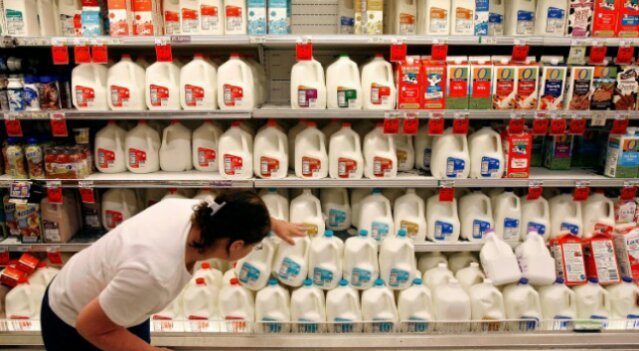Use-by dates are contributing to millions of pounds of wasted food each year.
A new report from the Natural Resources Defense Council and Harvard Law School’s Food Law and Policy Clinic says Americans are prematurely throwing out food, largely because of confusion over what expiration dates actually mean.
Most consumers mistakenly believe that expiration dates on food indicate how safe the food is to consume, when these dates actually aren’t related to the risk of food poisoning or foodborne illness.
Food dating emerged in the 1970s, prompted by consumer demand as Americans produced less of their own food but still demanded information about how it was made. The dates solely indicate freshness, and are used by manufacturers to convey when the product is at its peak. That means the food does not expire in the sense of becoming inedible.
For un-refrigerated foods, there may be no difference in taste or quality, and expired foods won’t necessarily make people sick.
But according to the new analysis, words like “use by” and “sell by” are used so inconsistently that they contribute to widespread misinterpretation — and waste — by consumers. More than 90% of Americans throw out food prematurely, and 40% of the U.S. food supply is tossed–unused–every year because of food dating.
Eggs, for example, can be consumed three to five weeks after purchase, even though the “use by” date is much earlier. A box of mac-and-cheese stamped with a “use by” date of March 2013 can still be enjoyed on March 2014, most likely with no noticeable changes in quality.
“We are fine with there being quality or freshness dates as long as it is clearly communicated to consumers, and they are educated about what that means,” says study co- author Emily Broad Leib, the director of Harvard Food Law & Policy Clinic. “There should be a standard date and wording that is used. This is about quality, not safety. You can make your own decision about whether a food still has an edible quality that’s acceptable to you.”








